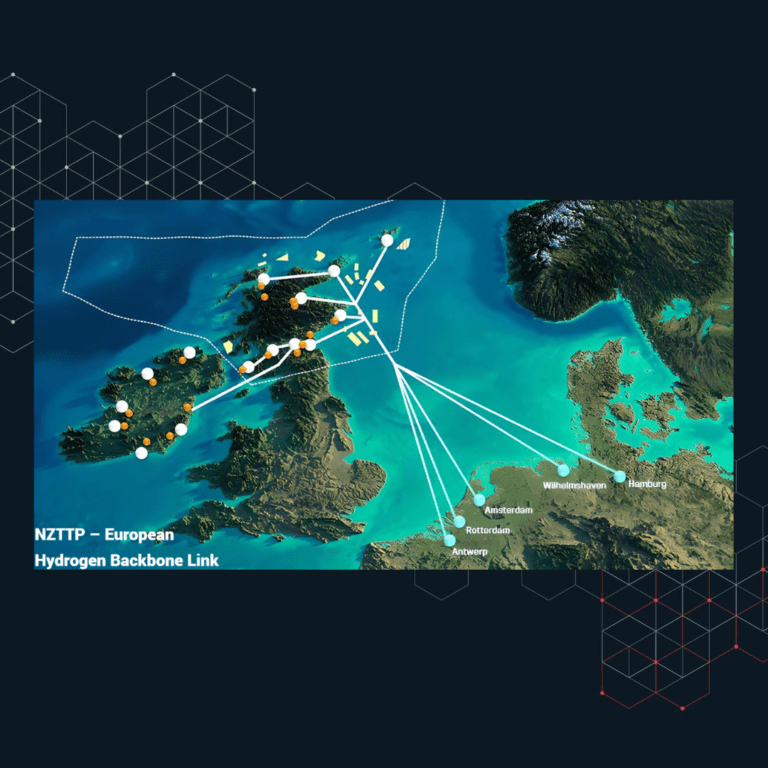NACE MR0175 / ISO 15156 Technical Circulars for Part 2 and 3 published 2022-10-14
Two new Technical Circulars have been recently issued, these technical circulars are interim up-dates to the currently published ANSI/NACE MR0175/ISO 15156 2022.
The Technical Circulars are considered part of NACE MR0175 / ISO 15156 with immediate effect.
Summary of changes in Part 2
“API Specification 6A, Specification for Wellhead and Tree Equipment” is added as a normative reference
API Specification 6A compliance is now acceptable for the SSC-resistant bolting and fasteners.
- A.2.2.4 Bolting and fasteners
“The use of SSC-resistant bolting and fasteners with API flanges shall be in accordance with API Specification 6A or ISO 10423.”
Summary of changes in Part 3
“API Specification 6A, Specification for Wellhead and Tree Equipment” and “NACE TM0316, Four-point bend testing of materials for oil and gas applications” are added as normative refences.
API Specification 6A compliance is now acceptable for the solid-solution nickel-based alloy wellhead and christmas tree components.
- Table A.13 — Environmental and materials limits for solid-solution nickel-based alloys used in any equipment or component
*Wellhead and christmas tree components shall also be in accordance with API Specification 6A or ISO 10423.
Environmental and material limits for UNS S32760 are now specified under the Table A.24 — “Environmental and materials limits for duplex stainless steels used for any equipment or component”
Environmental and material limits for UNS N06625 are now specified under the Table A.32 — “Environmental and materials limits for precipitation-hardened nickel-based
alloys (II) used for any equipment or component”
-
wrought UNS N06625, other than as allowed in Tables A.12 or A.13, is acceptable in the age hardened condition. Material shall first be annealed at 996 °C to 1 024 °C (1 825 °F to 1 875 °F) for 1 hour minimum and water quenched, then age hardened at 665 °C to 675 °C (1 229 °F to 1 247 °F) for 16 hours minimum and air cooled to a maximum hardness of 30 HRC and 95 Ksi minimum of Rp0,2. Chemical composition shall be in accordance with ASTM B446 requirements for UNS N06625 except for Nb + Ta shall be 3,30 % to 4,15 % and C < 0,03 %.
Annex B – Qualification of CRAs for H₂S-service by laboratory testing has been updated to define testing requirements for balloting or guidance for qualification of CRA materials for the following material types:
- austenitic and highly-alloyed stainless steel,
- solid-solution nickel-based alloys,
- ferritic stainless steels,
- martensitic stainless steels,
- duplex stainless steels,
- precipitation-hardened stainless steels,
- precipitation-hardened nickel-based alloys, and cobalt-based alloys.
Table B.2 through Table B.9 summarizes the requirements with the criterias:
- Cracking mechanism
- Test type
- Test temperature
- Minimum test duration – days
- Applied stress – % actual yield strength at test temperature



